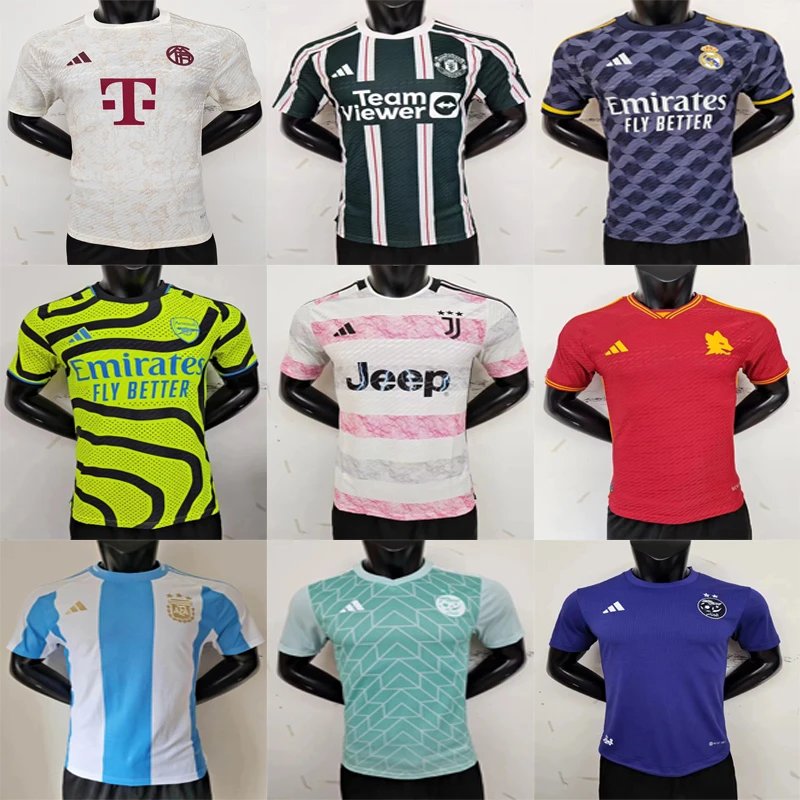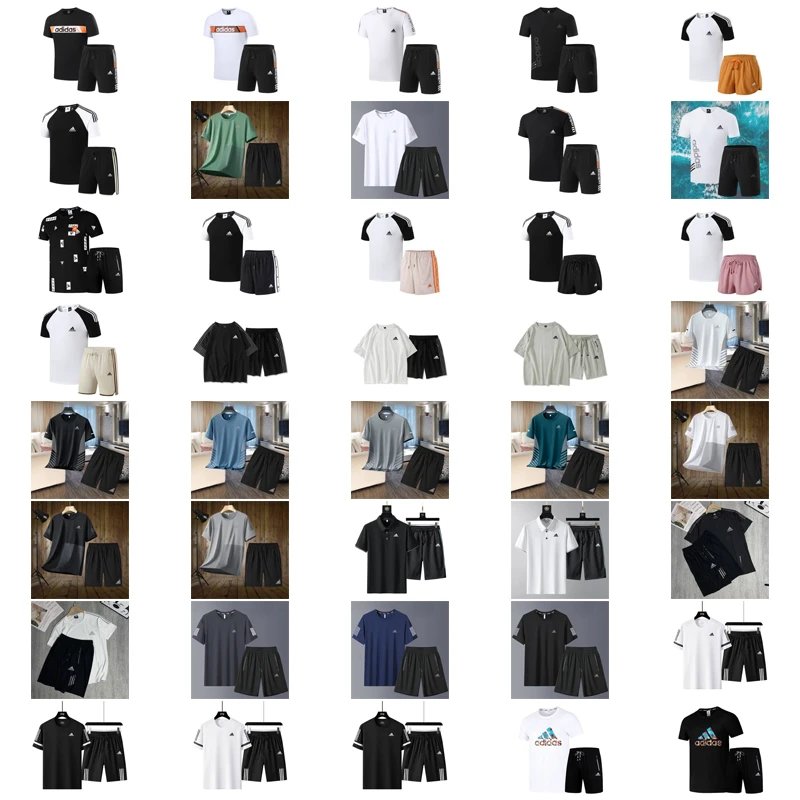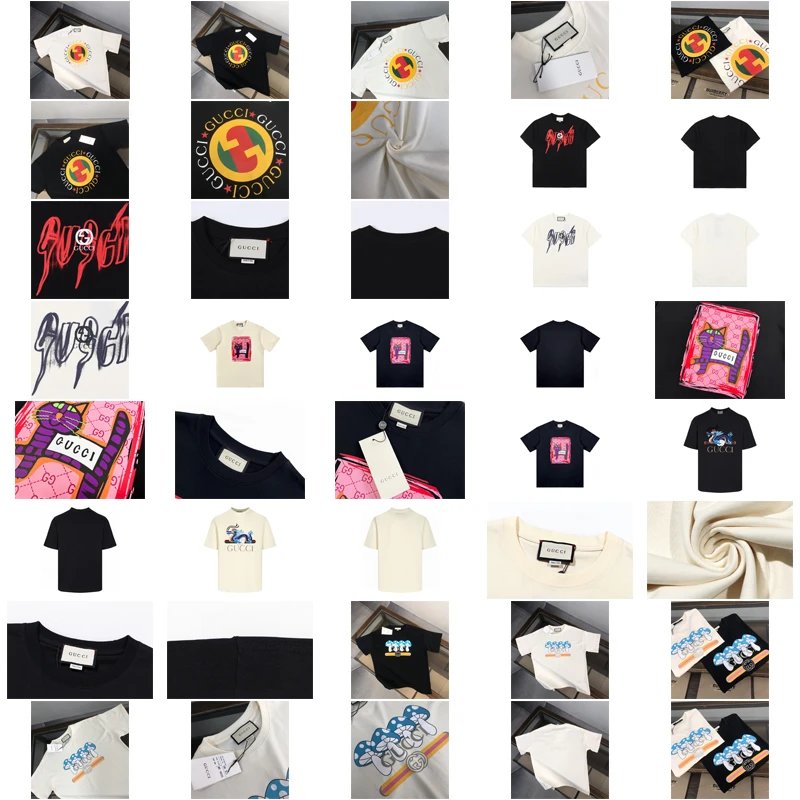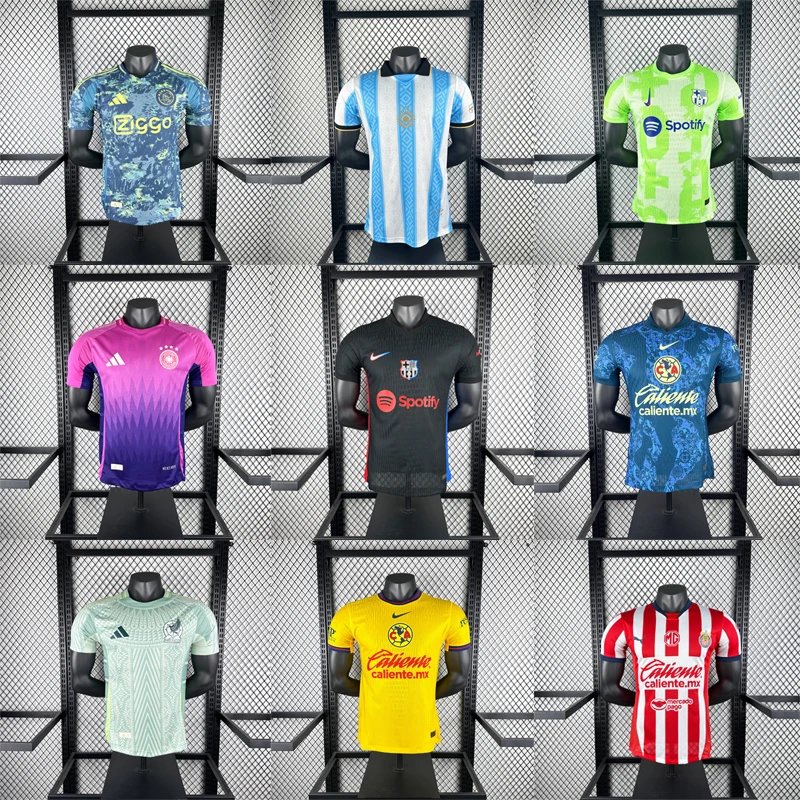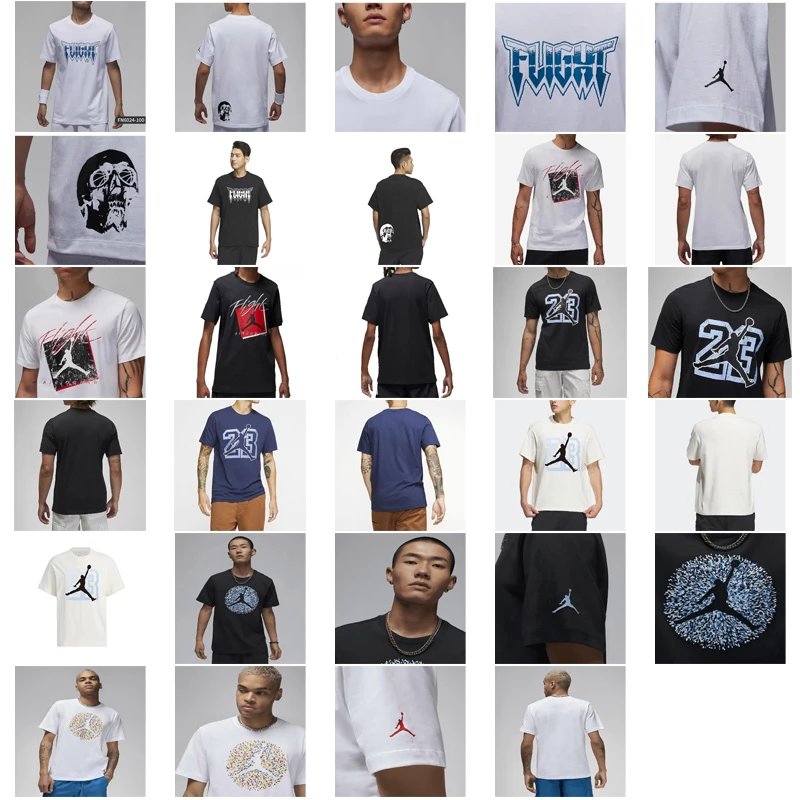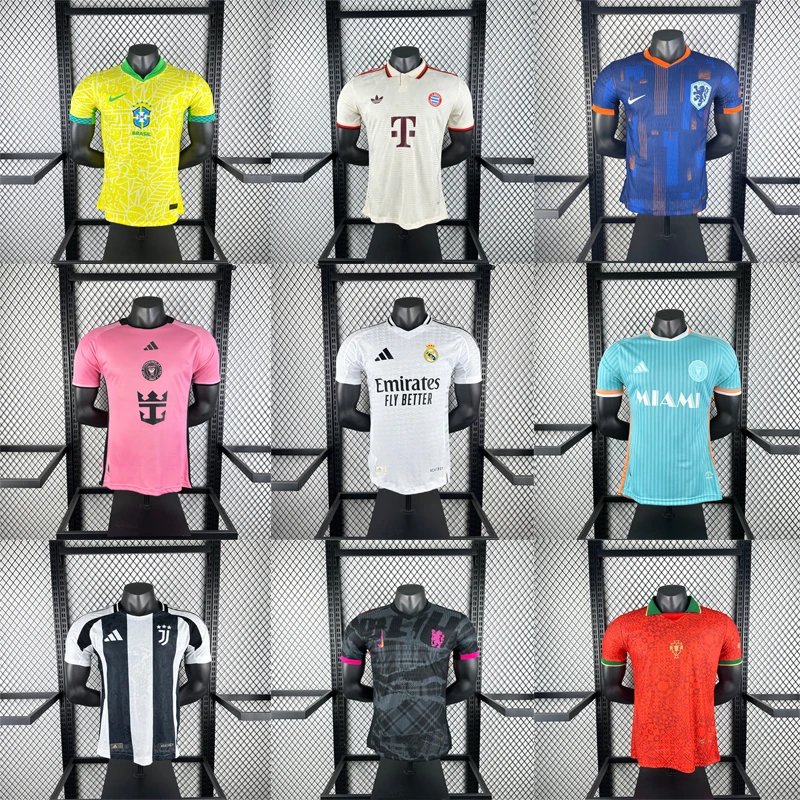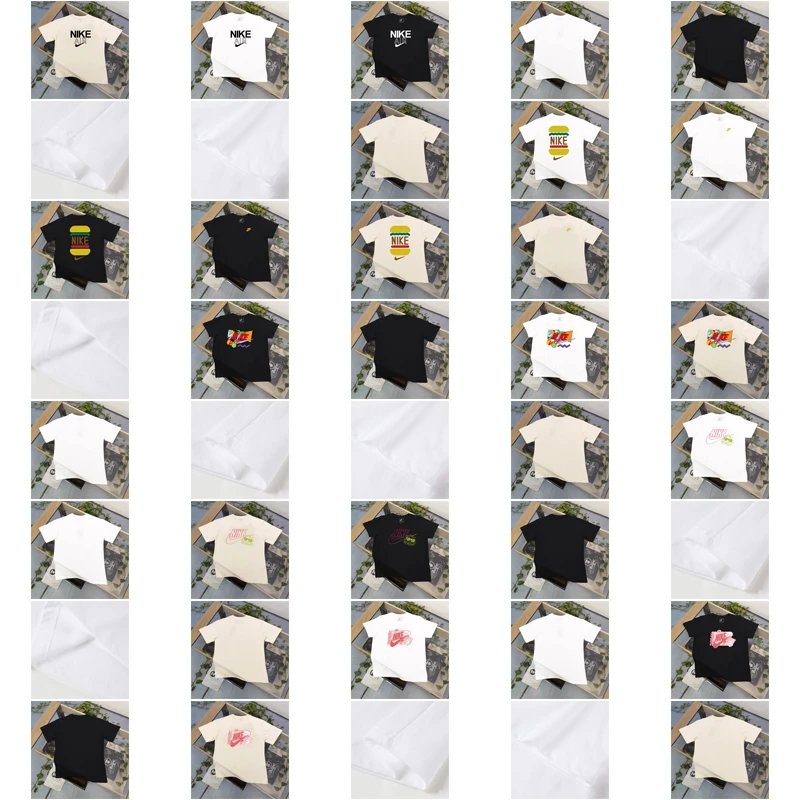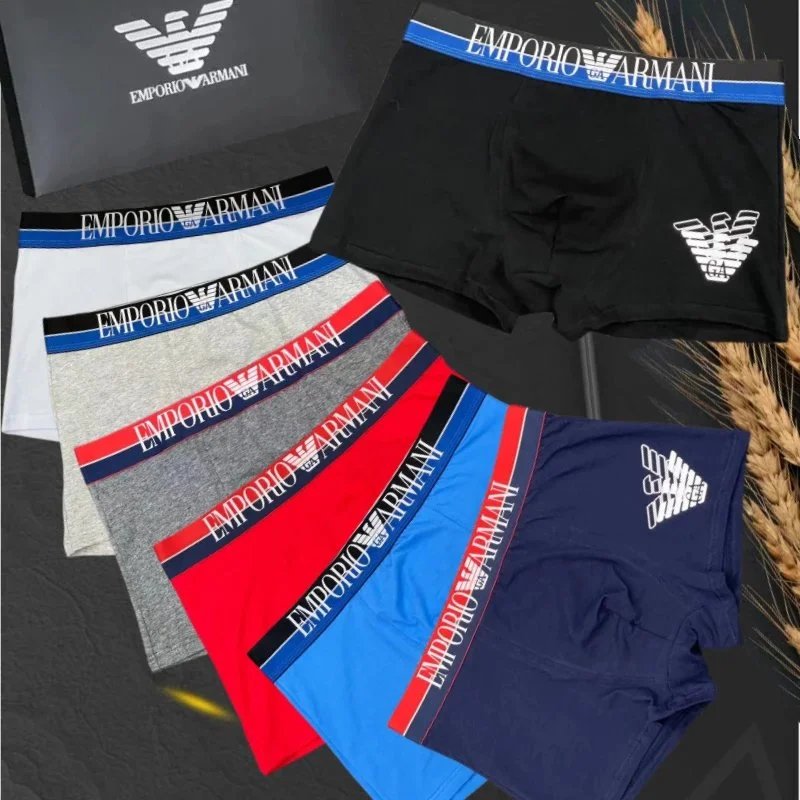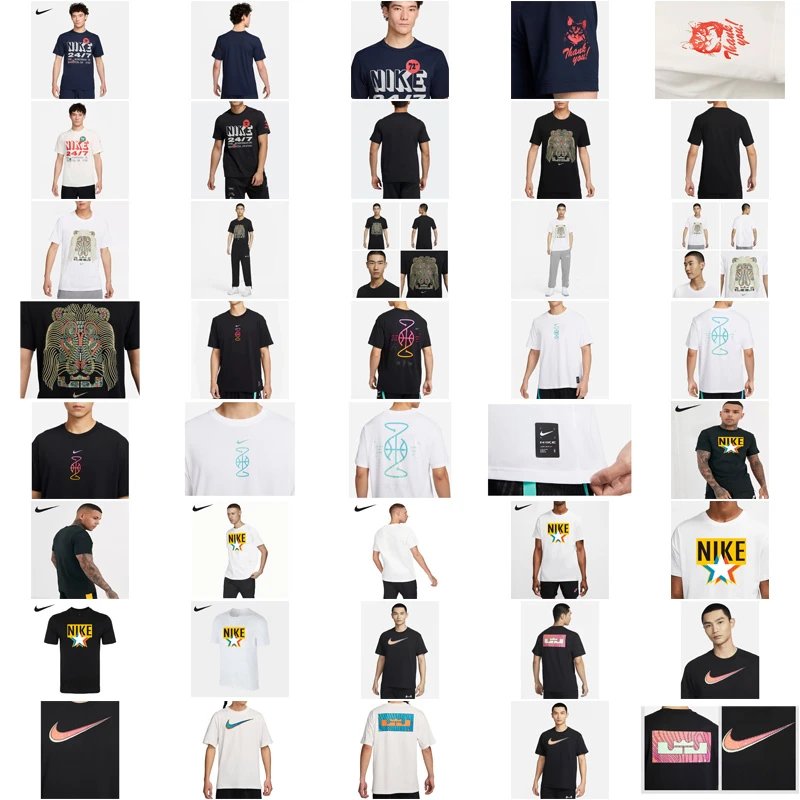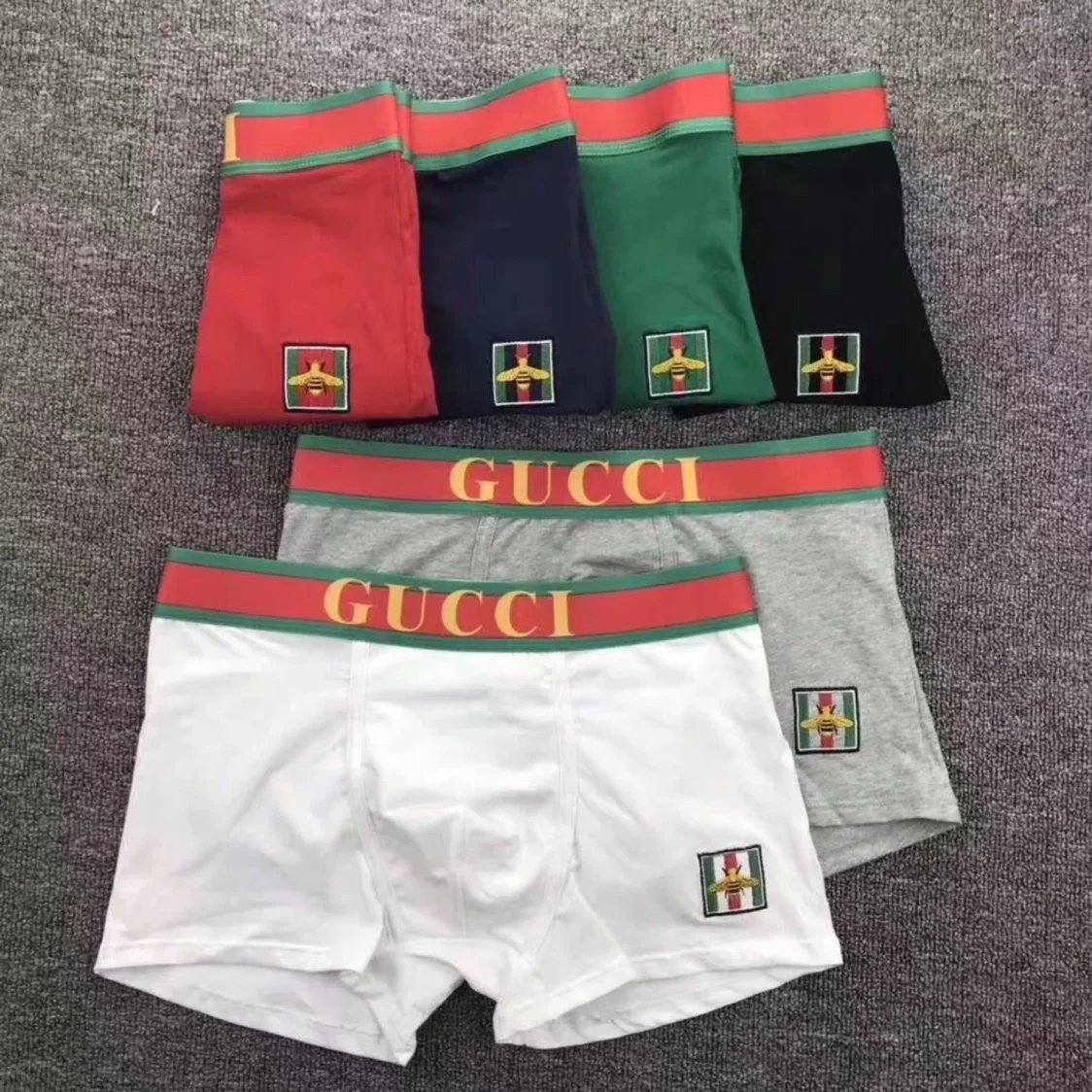CSSBuy Spreadsheet: Merging QC and Financial Data for Smarter Fashion Decisions
The replica fashion world moves fast – between navigating dozens of sellers, tracking multiple shipments, and assessing quality, it's easy to lose sight of your overall spending efficiency. While the CSSBuy spreadsheet excels at managing purchases and shipping costs separately, its true power emerges when you merge your Quality Control (QC) outcomes with your financial data. This guide will show you how to bridge this gap directly within your spreadsheet, transforming raw numbers into actionable intelligence about your personal cost-to-quality ratio.
Why Merge Financial and QC Data?
Purchasing replicas involves a constant trade-off between cost and perceived quality. You might know that a pair of shoes cost ¥400 and another cost ¥600, but without linking that cost to the actual quality received, your financial data tells an incomplete story. Consider these scenarios:
- The "Budget Trap":
- The "Premium Paradox":
- The Hidden Gem:
- The "Premium Paradox":
By merging these datasets, you move from simple accounting to strategic analysis, identifying which sellers, batches, and price points genuinely deliver the best value for you.
Structuring Your CSSBuy Spreadsheet for a Clean Merge
Success lies in preparation. Structure your purchase sheets for easy data integration.
1. The Main Purchase/FInancial Sheet
Your core ledger for tracking orders should include these critical columns:
| Item Name | Seller/Batch | Price (¥) | Domestic Shipping (¥) | Agent Fees (¥) | Order LinkQC Link
Crucially, the Order LinkQC Link
Create a dedicated sheet for your quality judgments. Use the same Order Link
2. The QC Assessment Sheet
| Order Link | Stitching (1-10) | Materials (1-10) | Colors (1-10) | Logo/Accuracy (1-10) | Overall QC Score
The Core Technique: Using INDEX-MATCH to Merge Data
While VLOOKUP is common, INDEX-MATCH is a more robust and flexible method for merging data across sheets in Excel or Google Sheets. It will pull the relevant financial data based on the shared "Order Link" identifier.
Step-by-Step Formula Implementation
Let’s say you want to see the Total Cost
In your "QC Analysis" sheet, in a new column (e.g., Column I - "Merged Cost"), you would place this formula next to your first item: Breaking it down: Drag this formula down the column, and it will automatically find and merge the cost for every item listed in your QC sheet. You can repeat this process to pull Seller, Price, or any other relevant financial data. With financial and quality data now in one place, you can perform meaningful analysis. Create new columns for your key metrics: Pivot Tables are the ultimate tool for summarizing this merged data.
=INDEX(Purchases!$H:$H, MATCH(A2, Purchases!$F:$F, 0))
Purchases!$H:$H: This is the range in your "Purchases" sheet where the "Total Cost" data is located (Column H).A2: This is the cell in your "QC Analysis" sheet containing the unique "Order Link" for the first item.Purchases!$F:$F: This is the range in your "Purchases" sheet where the "Order Link" data is located (Column F).0: This tells MATCH to find an exact match.Practical Example
Goal:A13A2:B6
Choice of Formulas:
=VLOOKUP(A13, A2:B6, 2, FALSE)
Likely =INDEX(B2:B6, MATCH(A13, A2:A6, 15))150
Select the most appropriate VLOOKUP structure from these options to fix the "Rose Garden Hotel" scenario where multiple identical room numbers across buildings exist:
=VLOOKUP(A13&B13, ...)
Analyzing Your Cost-to-Quality Ratio
=Merged_Cost / Overall_QC_Score
Create a Pivot Table for Macro Insights
Conclusion: From Shopper to Data-Driven Haul Builder
Manually saving QC photos in a folder is one thing, but integrating that qualitative feedback with your budget transforms your shopping strategy. By merging QC and financial data within your CSSBuy spreadsheet, you gain a clear, empirical understanding of your personal cost-to-quality ratio. This allows you to confidently invest more in proven sellers, cut losses on consistently poor performers, and ultimately, build hauls with a higher percentage of satisfying, long-lasting pieces. Stop guessing and start analyzing.
